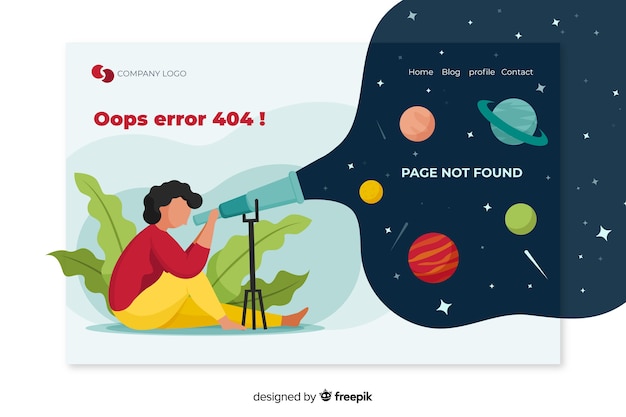Cool facts about Saturn

Saturn is the second largest planet in our solar system.
Saturn is known for its iconic and beautiful rings made up of ice particles.
The rings of Saturn are so wide that you could fit over a billion Earths inside them!
Saturn has the most extensive ring system out of all the planets in our solar system.
Saturn is named after the Roman god of agriculture and wealth.
The average temperature on Saturn is -285 degrees Fahrenheit (-176 degrees Celsius), making it one of the coldest planets.
Saturn is a gas giant, meaning it is primarily composed of hydrogen and helium.
Saturn has the fastest winds in our solar system, with speeds reaching up to 1,600 feet per second (500 meters per second).
Saturn has an impressive total of 82 known moons.
The largest moon of Saturn is called Titan, and it is larger than the planet Mercury.
Saturn’s rings aren’t solid; they are made up of billions of small pieces of ice and rock.
Saturn’s rings are constantly changing and evolving due to the gravitational pull of its moons.
Saturn takes approximately 29 Earth years to complete one orbit around the Sun.
Unlike many other planets, Saturn doesn’t have a solid surface.
The interior of Saturn is made up of a dense core surrounded by layers of hydrogen and helium.
Saturn’s core is estimated to be about 18 times the mass of Earth.
The atmosphere of Saturn is known for its distinct cloud patterns and bands.
Cool facts about Saturn part 2
Saturn has a hexagon-shaped jet stream at its North Pole, which is a unique phenomenon in our solar system.
The rings of Saturn are believed to be relatively young compared to the age of the planet itself.
Saturn’s rings can be seen from Earth with a small telescope.
The Cassini spacecraft, launched in 1997, provided scientists with extensive data about Saturn and its moons.
Saturn’s moon Enceladus has geysers of water vapor erupting from its south pole, indicating a subsurface ocean.
The gravity on Saturn is about 90% stronger than Earth’s gravity.
Saturn’s intricate ring system is a result of gravitational interactions with its moons.
Saturn experiences seasons, just like Earth, but they last approximately 7.5 Earth years each.
Saturn has a low density, which means that if you could find a large enough body of water, it could float on it.
The density of Saturn is so low that it would actually float in a giant pool of water.
The famous astronomer Galileo Galilei was the first to observe Saturn’s rings through a telescope in 16
Saturn’s rings may have been formed by the break-up of a moon or a comet that got too close to the planet’s gravitational field.
The rings of Saturn extend up to 175,000 miles (282,000 kilometers) from the planet’s center.
The Voyager spacecraft missions provided us with stunning images and further knowledge about Saturn and its rings.
Saturn’s largest moon, Titan, has a dense atmosphere and is the only known moon with a substantial atmosphere in our solar system.
Titan’s atmosphere is primarily composed of nitrogen, similar to Earth’s atmosphere.
Saturn’s rings are named alphabetically in the order of their discovery, from A to G.
The rings of Saturn are made up of particles ranging in size from tiny grains to enormous chunks several meters across.
Saturn’s rings cast a shadow on the planet’s surface during certain times, creating a captivating visual effect.
The rings of Saturn may be the remnants of a small moon destroyed by a collision or tidal forces.
Saturn is often referred to as a gas giant or an ice giant due to its composition.
The iconic rings of Saturn are mostly made up of ice particles, but they also contain rocks and dust.
Saturn’s North Pole has a gigantic hurricane-like storm that has been active for around 30 years.
Saturn’s rings are made up of an estimated 99.9% pure ice.
Saturn’s rings are incredibly thin, measuring only about 32 feet (10 meters) thick.
Saturn has a vast magnetic field that is approximately 578 times stronger than Earth’s magnetic field.
The Cassini spacecraft ended its mission by deliberately plunging into the atmosphere of Saturn to avoid possible contamination of its moons.
Studying Saturn and its rings provides scientists with valuable insights into the formation and evolution of our solar system.